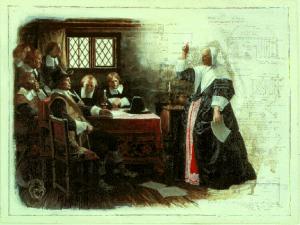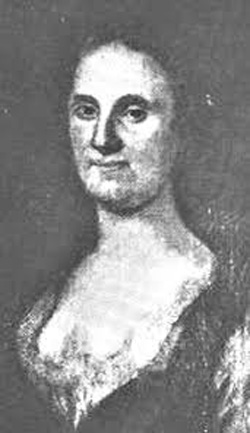
The first feminist was Margaret Brent contrary to the many other women who may come to mind when we think about the history of the feminist movement.
For years women were discriminated against by not being allowed to vote. Who was the first woman to ask for the right to vote? Elizabeth Cady Stanton? Alice Paul? How about Margaret Brent – centuries before those women had even been born.
Born in 1601 in Gloucestershire, England, Brent was in her late 30s when she immigrated to the New World colony of Maryland. She was a Catholic, and as such faced discrimination in Anglican England.
When Brent arrived in Maryland in 1638 with two brothers and a sister, she and her sister settled in one place and the brothers in another. Brent soon became a successful businesswoman in the new colony. It wasn't unusual for women to do this, but what made Brent unique was that she was unmarried and thus able to act using her own authority. (The moment a woman married she forfeited all rights to her husband.)

In 1746 the governor of the colony, Leonard Calvert, hired soldiers to put down a Protestant revolt. However, Calvert died before paying them. Just before he died Calvert appointed Margaret Brent executrix of his estate. He told her: "Take all and pay all."
Brent used Calvert's funds to pay his debts, but there was no money left to pay the soldiers Calvert had hired. There was the very real danger of the angry soldiers going on a rampage that would endanger the lives of everyone in the colony. Brent took the unusual step of asking the Provincial Court to appoint her the attorney-in-fact of Calvert's brother, Lord Baltimore, so she could sell some of his assets and get money to pay the soldiers.
This was done. On January 21, 1648, she attended the provincial assembly. As both Lord Baltimore's attorney and as Calvert's executrix, she requested she receive two votes – one for each of her roles – for participation in the assembly's proceedings. Some historians and woman's rights advocates mark this as the first time a woman in America asked for the right to vote.
Unfortunately, the assembly turned her down. They may have supported her in her role as Calvert's executrix, even though she was not married to him, but they drew the line when it came to giving her voting privileges. The privilege of voting, they said, was reserved for queens.
Eventually Brent did manage to pay the soldiers, although there is disagreement about how she accomplished it. In 1650 she moved to Virginia. There she built a plantation called "Peace". Neither she nor her sister ever married, which was a rarity in colonial America where men outnumbered women by a significant margin. She died at "Peace" in 1671, her place in history secure.
